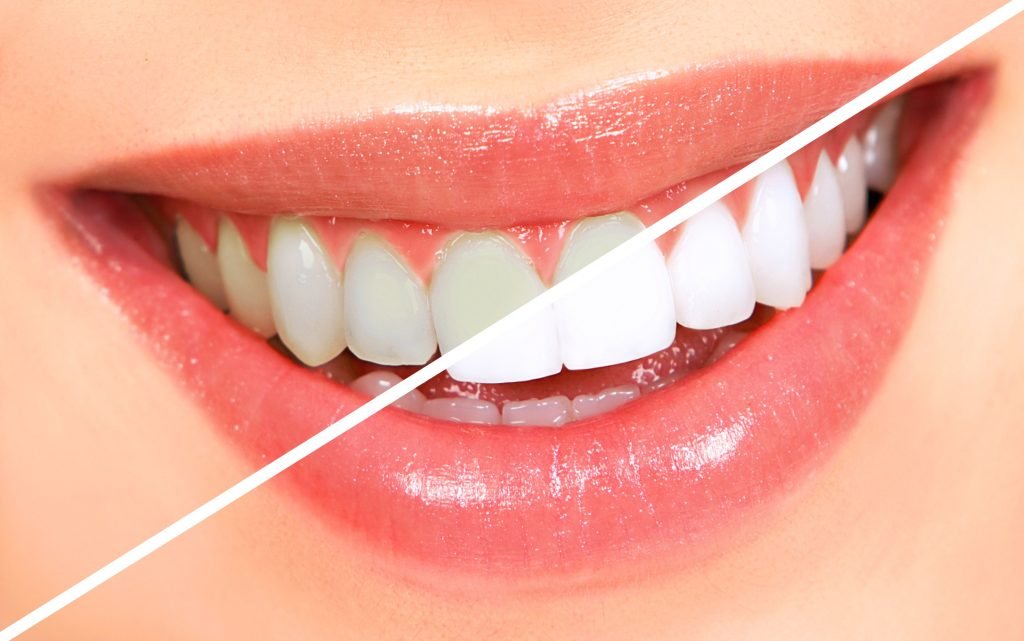Teeth Whitening

Teeth Whitening
Types:
-
In-Office Whitening: This is performed at a dental office by a dentist. It involves applying a high-concentration bleaching gel directly to the teeth and often includes the use of a special light or laser to enhance the whitening process. Results are typically visible after one session.
-
At-Home Whitening: This involves using whitening kits provided by dentists or over-the-counter products like whitening strips, gels, or trays. These kits contain a lower concentration of bleaching agents and require several applications over a period of days or weeks to achieve noticeable results.
Bleaching Agents:
- Hydrogen Peroxide or Carbamide Peroxide: These are the primary bleaching agents used in whitening products. They penetrate the enamel to break down stains and whiten the teeth.
Causes of Discoloration:
- Extrinsic Stains: Caused by external factors like consuming dark-colored foods or drinks, smoking, or inadequate dental hygiene.
- Intrinsic Stains: Result from factors like aging, certain medications, or excessive fluoride during tooth development.
Procedure:
-
In-Office Whitening:
- The gums are protected, and a bleaching agent is applied directly to the teeth.
- A special light or laser may be used to activate the bleaching agent and speed up the whitening process.
- The procedure typically takes around 1-2 hours.
-
At-Home Whitening:
- Custom-fit trays or strips are filled with a bleaching gel and worn for a specified period, usually a few hours daily or overnight, as directed by the dentist or product instructions.
Duration and Results:
- In-Office Whitening: Immediate results are often seen after one session, though multiple sessions may be recommended for desired results.
- At-Home Whitening: Results may take several days to weeks to become noticeable, depending on the frequency and duration of product use.
Post-Treatment Care:
- Avoiding stain-causing foods and beverages for a few days after whitening.
- Good oral hygiene practices to maintain results.
- Follow dentist's instructions regarding post-whitening care.
Effectiveness and Safety:
- Whitening is generally safe when performed under the guidance of a dentist, although some people may experience temporary tooth sensitivity or gum irritation.
- The effectiveness of whitening can vary based on the type and severity of stains, and some types of discoloration may not respond well to whitening treatments.
It's advisable to consult with a dentist to determine the most suitable whitening option based on your oral health and desired results.
How can we help you?
Book your appointment today and take the first step towards a healthier, brighter smile!


